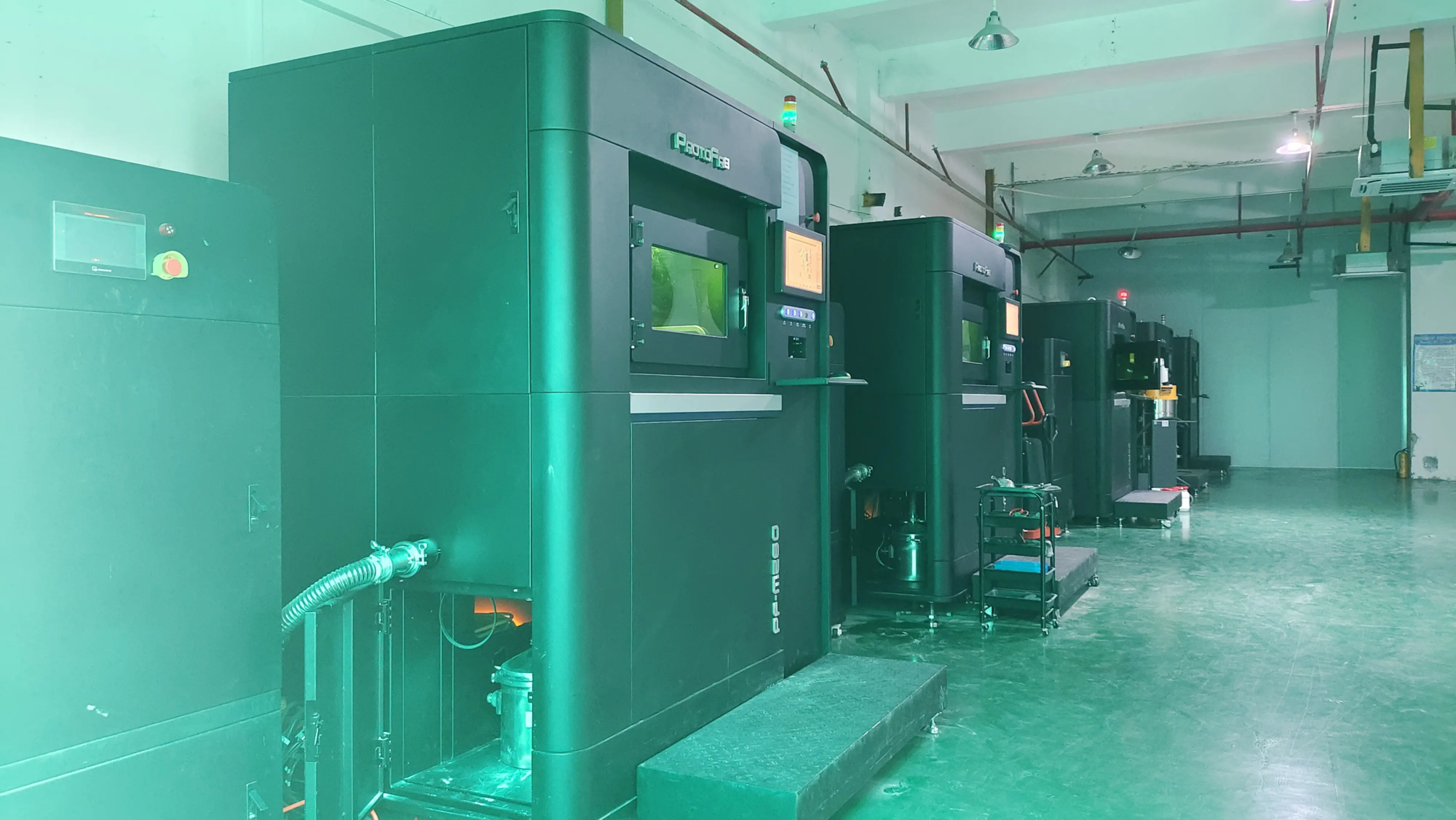According to a recent report by the American Fun Engineering Website, a research team from Columbia University in the United States has successfully developed an ultra-thin micro-lyaire and Ultra-Sharp using the technology of 3D printing. This microneedle can precisely provide therapy based on gene therapy in cochlear areas that were previously untouchable, helping patients recover their hearing.
The human cochlear is complex and full of liquids, it is therefore difficult to provide therapeutic drugs with precision and safely at the appropriate location in the cochlear. In addition, to deliver the drug in the right place, it is necessary to pass through a cochlear membrane about 2 mm wide. During the delivery process, traditional surgical instruments are inclined to tear the cochlear membrane, which in turn causes irreversible hearing damage.
Lithography with two photons is a 3D printing method that can create extremely fine structures. The research team used this advanced manufacturing technology to create a thinner microneedle than the cochlear membrane. The width of this microneedle is comparable to that of human hair and is clearer and stronger than existing medical needles.
The team said that the main function of this microneedle is to give the drug in the cochlear with precision without damaging the fragile cochlear membrane. In addition, microneedle can extract liquid samples from the cochlea, which helps diagnose internal ear diseases such as Ménière disease, providing patients with more precise treatment plans.
The team has carried out in -depth tests to prove that this microneedle is good. No side effects or hearing loss has been observed in the experiments carried out in animals.





